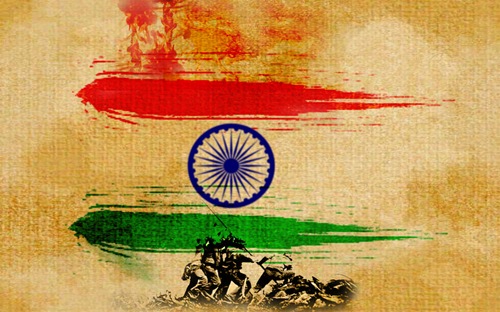
Indian Freedom Struggle: Part 1
Indian Freedom Struggle: Part 1
A country with vast fertile land, a plethora of cultures and people, India has so much of diversity. This land had been set free 70 years before. 300 years of this land’s equally vast history has been reserved for the Indian Freedom Struggle.
As I always mention, history is a story. And every story has 2 perspectives. Similarly we are lucky enough to have 2 different versions of the Indian Freedom Struggle.
For this Independence Day let us revise the one sided history we have had to learn in school. I’m sure most of you have forgotten the nitty gritty aspects of this story.
This article goes from the time the British set shop in India till the British Crown took over from the East India Company.
Indian Point of View:
Vasco Da Gama landed on the west coast of India. He was a Portuguese.
On 15th August, 1947 Jawaharlal Nehru said in his speech Tryst With Destiny.
“At the stroke of the midnight hour, when the world sleeps, India will awake to life and freedom. A moment comes, which comes but rarely in history, when we step out from the old to the new, when an age ends, and when the soul of a nation, long supressed, finds utterance……”
What occuered between when Vasco Da Gama landed on 20th May 1498 to 15th August, 1947?
Let us revisit our school history lessons.
After Vasco Da Gama discovered the sea route to India, every European country’s company’s landed in the subcontinent to trade.
By 1600, the British East India Company was set up and in a span of 12 years they began building ‘factories.’ They had secured the permission to do so by the Mughal Emperor Jehangir.
Follwing 1612, some other thing occured in India. That’s why you don’t know what happened from 1612 to 1757. Can you guess what happened? A clue- a legend was born
In this 145 years, Shivaji Maharaj had lived and created the Maratha empire. He had given a strong opposition to the Mughals. Now in 1757, the Marathas had become strong. They ruled most of India.
In 1757, a sinister accident occured at Calcutta. This incidence hasn’t been mentioned in any history books and is uknown to msost Indians. Since I am sticking with the Indian point of view, I won’t mention this incidence.
Becasue of this inhumane ‘event’ the British East India Company was angered and decided to wage a war against the Nawab of Benga, Siraj-Ud-Daulah. This is famously known as the Battle of Plassey. Robert Clive, a british bribed Mir Jafar with the title of the Nawab instead of Siraj-Ud-Daulah. This led to the deafeat of the current Nawab.
8 years later Mir Jafar’s son-in-law, Mir Quasim was in command as the Nawab of Bengal. He was strong and independent reseulting in disagreements with the British. Thus, there was a second war at Buxar, a fortified city. The Battle of Buxar resulted in the defeat of the Nawab and the entire of Bengal was taken over by the British.
Meanwhile at Punjab…….
Raja Ranjit Singh ruled in Punjab. He was strong and brave. He wasn’t from the Royal family but he went on to become the local hero by forming the Sikh Empire. Till he lived, the British knew that the Sikhs were untouchable.
After the death of Raja Ranjit Singh, the Sikh empire was left without a proper succession plan. All of the many heirs of Raja Ranjit Singh were bloodthirsty for the throne. Every new King would get killed either mysteriously or openly. Finally the Kingdom landed on the last living heir- Duleep Singh. The 11 year old Prince was tricked into signing the Kingdom his father built to the British in the Treaty of Lahore in 1846.
What happened with the Marathas……
Marathas had already fought 2 battles with the British. They were dubbed as the Anglo-Maratha wars. In 1817, the British East India Company interferred into the Maratha territory.
Peshwa Bajiroa II got himself the support of Mudhoji II Bhonsle of Nagpur and Malharrao Holkar III of Indore and fought the British. Daulatrao Shinde of Gwalior didn’t support this trio.
The British were swift enough to break up the Maratha force and defeated Bajirao II in the battles at Khadki and Koregaon. Thus, the Marathas lost their power in 1818.
This was the last straw of freedom. The British East India company now had power thoughout India.
Fastforward to 1857
We all know what happened, don’t we?
Here’s a quick summary
Over the span of 39 years from 1818 to 1857, the British East India Company had not done a great job at governing their empire. Poeple were angry and sick of the unjust taxation policies, unfair treatment and brash behaviour of the people from the Company. Besides in 1857, the Company introduced a new type of cartridge coating on the bullet. This hurt the religious sentiments of Hindus and the Muslims. All of the frustrations burst forth that year.
The Indian soldiers in the army retaliated. They killed their British counterparts and the British reciproacted this vile act. Mangal Pandey called the Indian soldiers to arms and asked them to rebel the British at Barrackpore.
The ‘mutiny’ spread across the country. Fights and battles broke out. No one cared about humanity. Both sides raged with anger, spread violence. The Indians declared the 81 year old Mughal, Bahadur Shah Zafar as the Emperor of Hindustan.
This was India’s First War of Independence. It shook the British all the way to Westminster, England. Immediately the next year, the British crown took over banishing the company. On 1st January 1858, Queen Victoria was crowned the Empress of India.
What do you think? Know something more? Comment below to share it with everyone.
Happy 70th Independence Day!
————————–
This is part 1 of the Indian Freedom Struggle Movement. The next part will be updated shortly. All views and opinions expressed are my own. In case of a different perspective please comment below. I ask you to put forth your point without using cuss words.
————————–
Picture Curtesy- Google Images






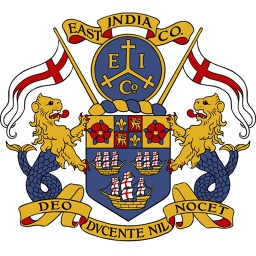
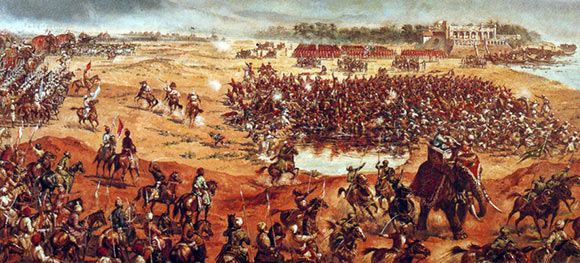
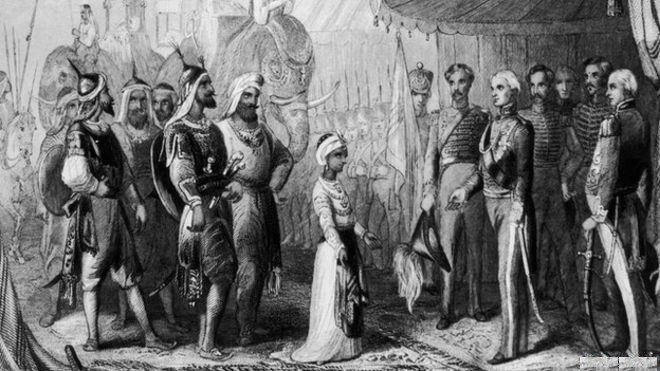

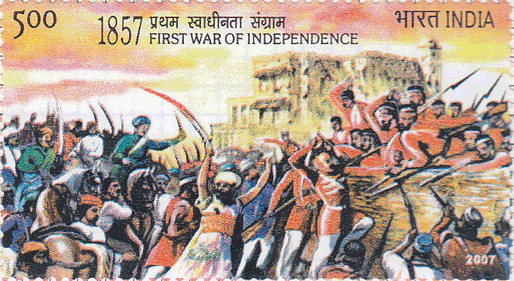
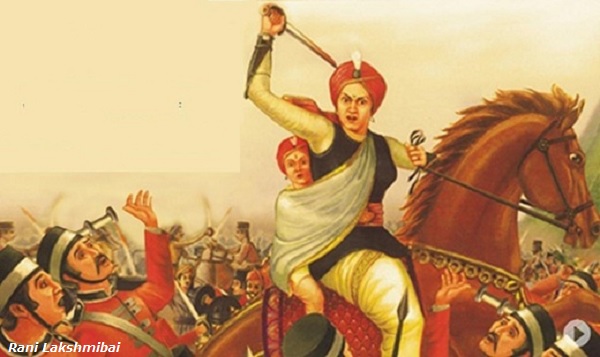



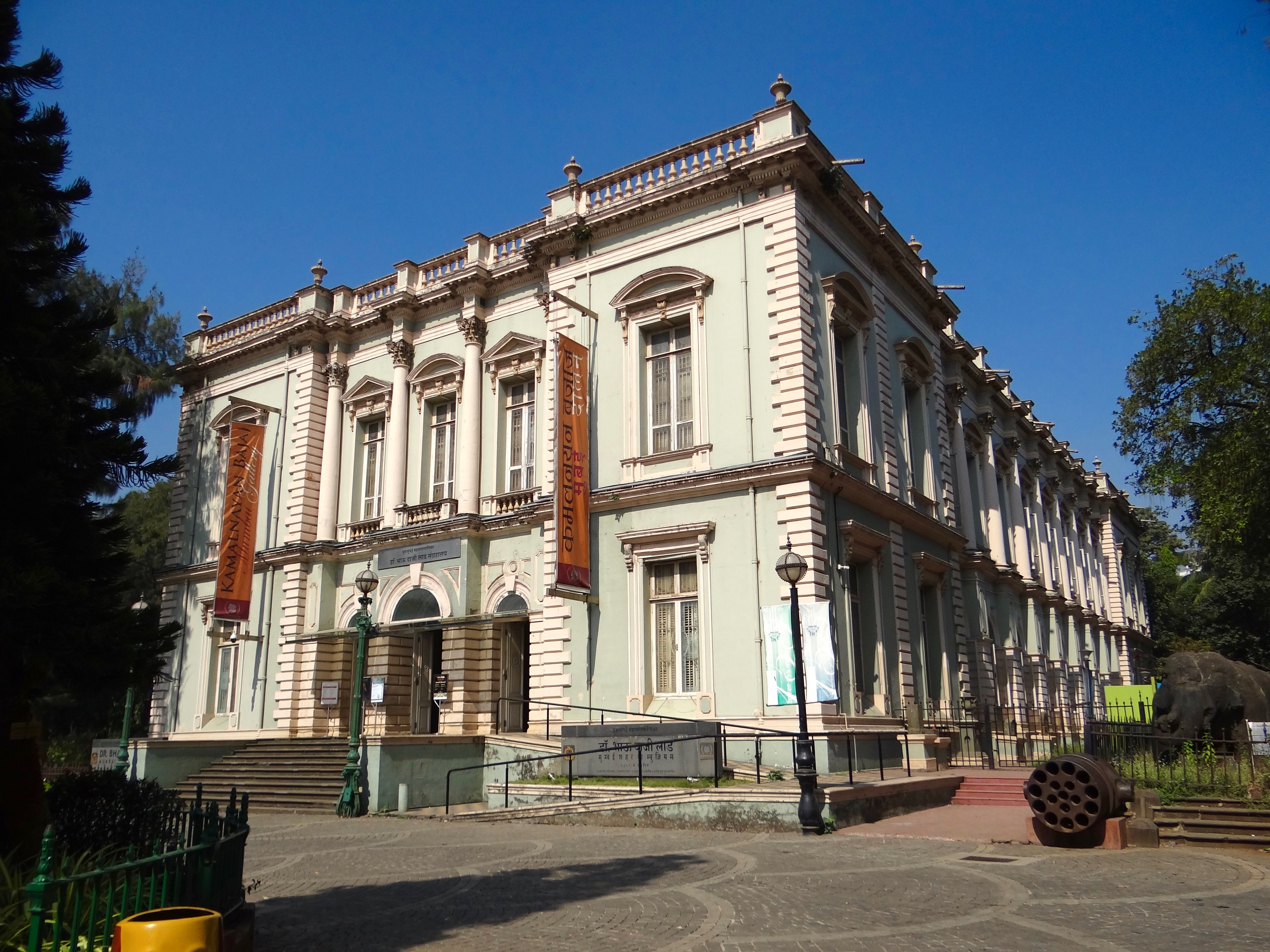
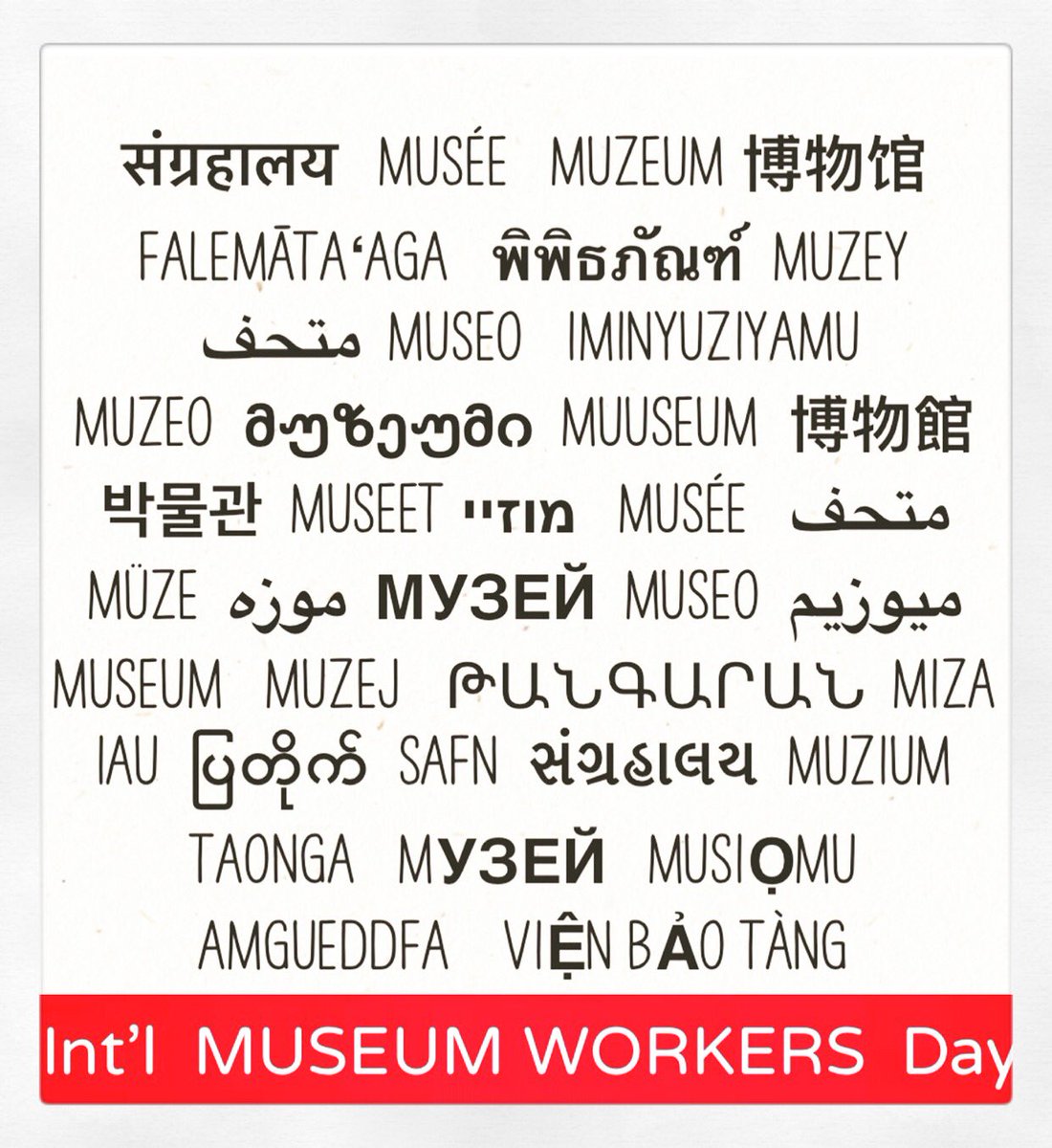

Comments
You’re right! I did find it interesting… Reading history from two POVs really opens up a new meaning to everything doesn’t it? I wonder if the British government had succeeded in setting up colonies, would they have been just as brutal…
I first thought about the two perspectives when discussing the 1857 Frist War of Independence with a fellow history fanatics. They called the call it a mutiny whereas we see it as a great act towards freedom. About the British Soverign setting up colonies….. I guess we’ll never know.